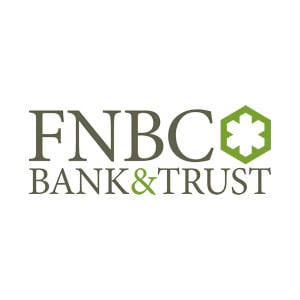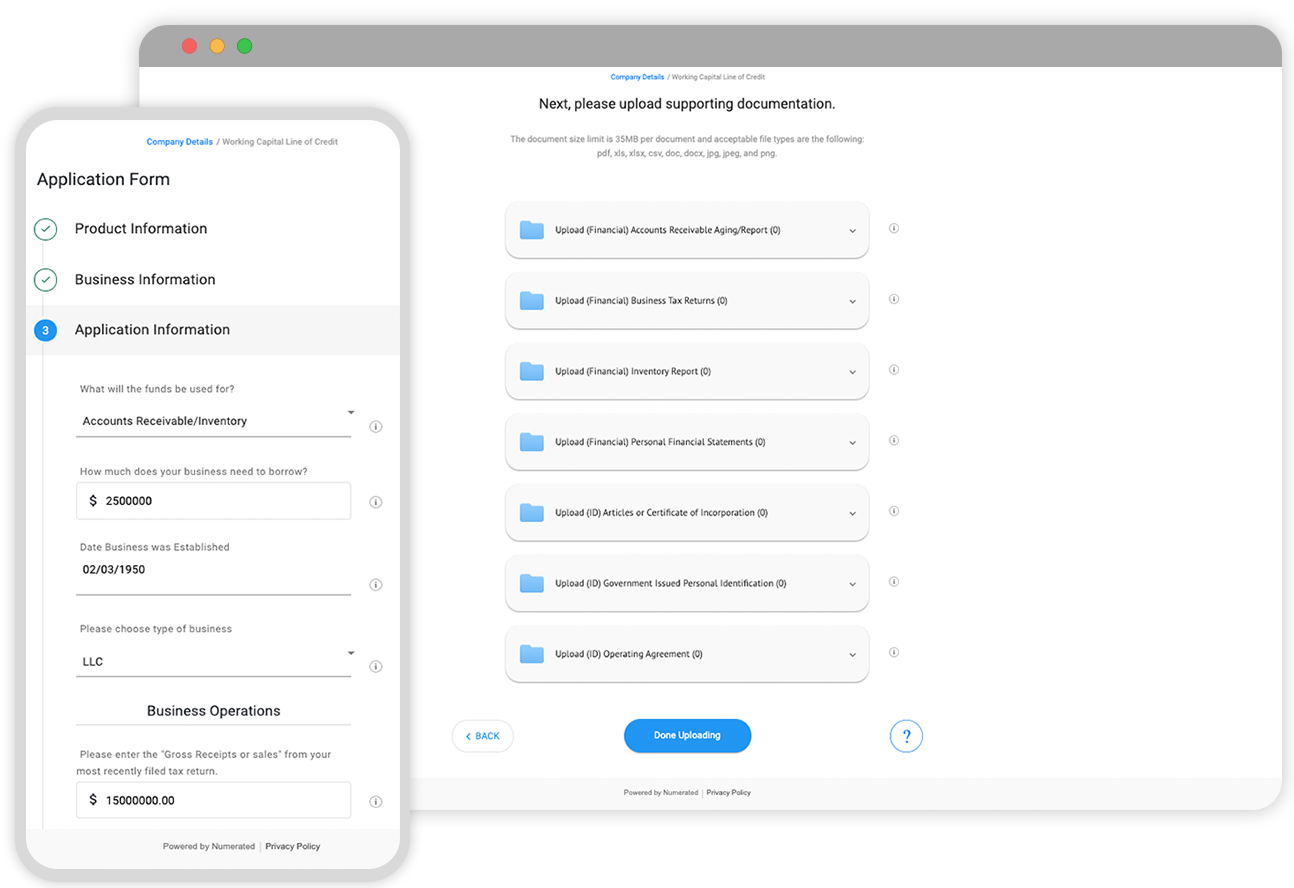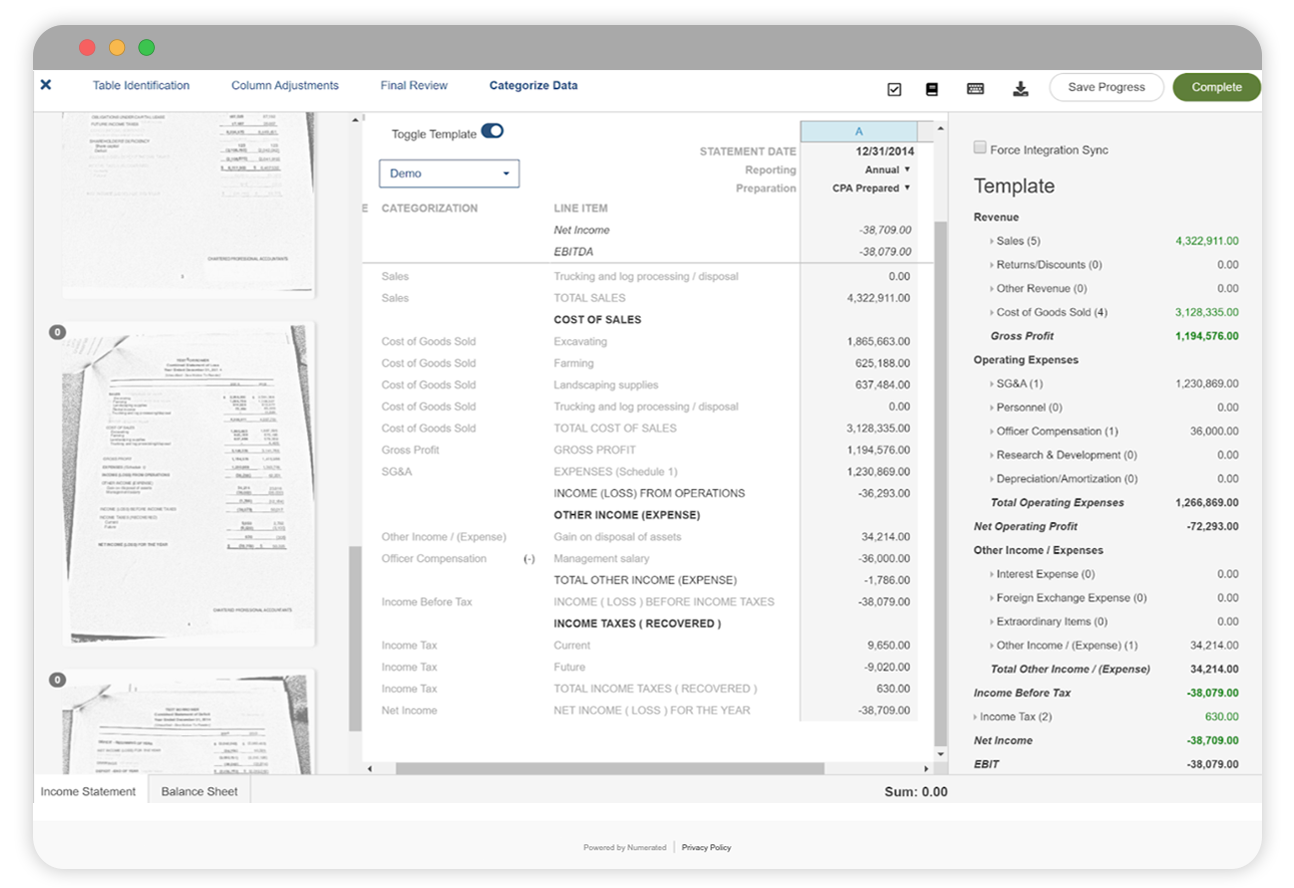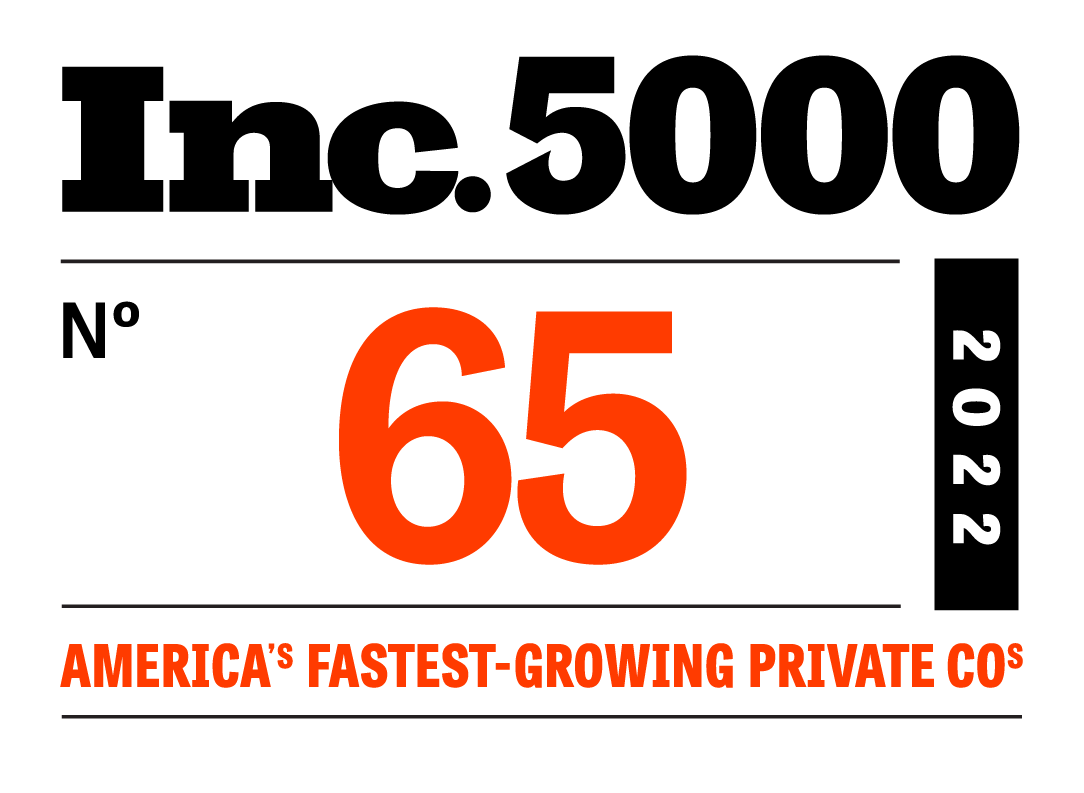“After very positive feedback from customers on the convenient experience, and from bankers on the more efficient process, it was an easy decision to put our full suite of business and commercial lending products on Numerated. Fast forward to today, and we are proud to offer businesses in the greater Chicago metropolitan area fully digital business and commercial borrowing experiences that are on par with, if not better than, the big banks.”
Business Loan Origination System

The business LOS that people love to use
Numerated is the loan origination system for financial institutions that want to win in business banking. Numerated's lending experience is loved by businesses, bankers, and the back-office.
Numerated turns the traditional commercial loan origination system model on its head:
- Experience-first… not back-office first
- Data-first… not workflow-first
- Solves for complexity… instead of forcing complexity
- Built for easy launches… not forever implementations
Numerated, the business loan origination system that people love to use

Digital experiences as incredible as the service from your team
The LOS for lenders looking to deliver the best borrower experiences. A high-touch, convenient digital experience to match your customer service.
Super efficient processes for each financial product
The LOS for lenders looking to create efficiency gains like never before, driving efficiency ratios below 40%.
Built for incredibly
easy and scalable launches
The LOS for lenders where urgency matters. For those dissatisfied with legacy lending platforms, and are looking to grow, today.

The business lending opportunity, is now
Banks and credit unions are diversifying their C&I portfolio beyond commercial real-estate. Small and middle market business lending is quickly becoming a strategic customer acquisition channel, enabling regional and community institutions to differentiate from national lenders, challenger banks and fintechs that are aggressively entering their markets.

Small Business lending challenges
- Borrowers are busy, often too impatient with the application process, and the many digital options available to them.
- Banks perceive credits as “too small”. The traditional process for underwriting these loans is too complex to make this profitable.
- There's perception that small business lending remains too great a risk. Fast decisions, an expanded credit box and simplified workflows turn lenders away from investing in smaller credits.
Meet the LOS loved by businesses,
bankers, and the back-office


Where traditional LOS's fall short

Developed for the back office, not borrowers, lenders, or convenient channels

Force unnecessary process on small credits, instead of simplifying them


Long implementations of inflexible code, instead of configurable building blocks that drive value quickly

Designed for transactions that take months, not those where speed and convenience matters

Require data entry to get value, instead of automatically gathering the data you need
The traditional LOS approach is broken
Commercial loan origination systems don’t translate well to small business lending. These platforms were designed to underwrite large, complex credits. The processes built are slow and manual, with multiple teams working to collect, transcribe and supplement borrower information to complete the origination. There is lots of frustrating back and forth amongst internal teams and with the borrower, through multiple communication channels, with sensitive data traversing and being stored in unsecure locations.
Typical originations can take weeks or months and are laden with errors and unnecessary risks. But, given the size and nature of these commercial transactions, borrowers and FIs have come to accept this as the cost of doing business.
There’s a better way…



